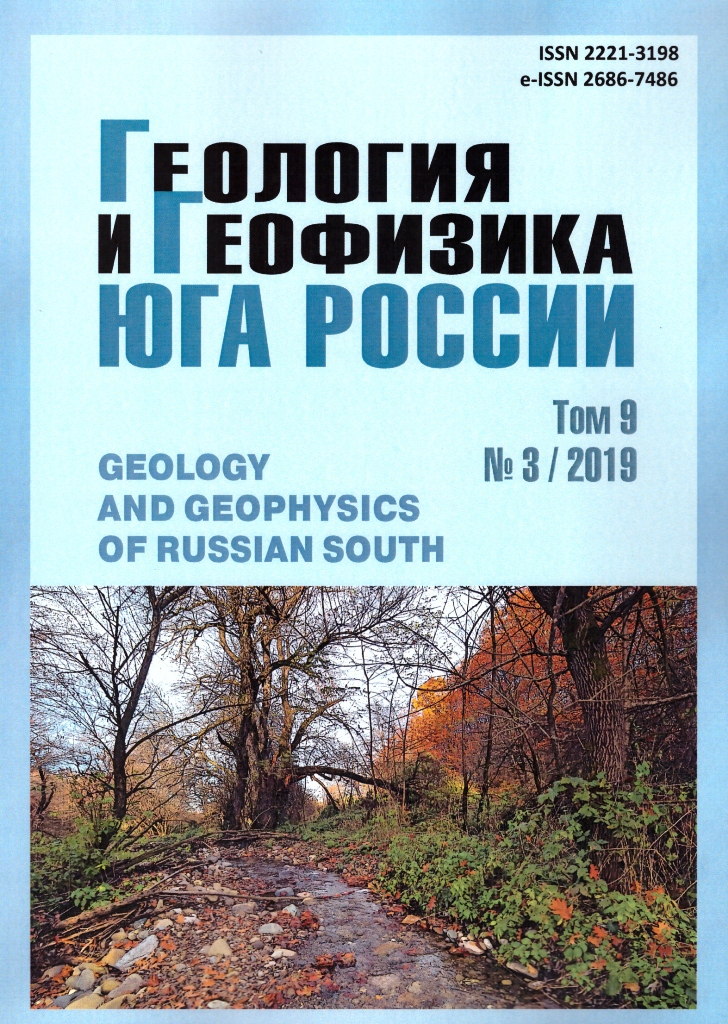Alpine structure of the folding system of North-West Caucasus and conditions of its forming
Keywords:
North-West Caucasus, microcontinent, folded structure, interference, stages of tectogenesis, zones of folding, tangential compression, faults
Abstract
As a result of many years of detailed study, regularities of the internal structure of the Alpine folded structure of the North-West Caucasus are revealed. It has been established that one of the characteristic features of this region is the lateral zonality of its folded structure in cross section, which manifests a successive change of intense folding to moderate and then to weak from the south-west to the north-east. This indicates a decrease in deformation strain in the indicated direction during the formation of folding in the North-West Caucasus. Widespread development of interference folded structures arising as a result of superimposed deformations of different orientation and age was revealed within the southern slope of the North-West Caucasus. It was found that the interference folding in the region is formed in the process of repeated deformation of the linear folding of the north-western strike formed earlier by the tangential longitudinal compression. It was determined that interference folding reflects a change of the plan of deformation of the North-West Caucasus from the northeast to submeridional during the formation of the folded system. The kinematic features of folding formation of various morphology developed within the studied region are considered. The reason of the variety of folded forms observed in the modern structure of the North-West Caucasus is revealed. Wide distribution of faults with different orientation, age and kinematics in the region is outlined. The conditions of formation of the folded structure of the North-West Caucasus are reconstructed on the basis of a detailed analyses. It’s clarified that two stages of tectogenesis were distinguished in the forming of folded structure of NW Caucasus. At the first stage of deformation (Jurassic-Middle Miocene) the leading role had the tangential forces SW direction arised as a result of movement and pressing of the Black Sea-Transcaucasian Microcontinent to the NW Caucasus. Therefore, such a deformation can be considered as a manifestation of microplate tectonics. During the second stage (Late Miocene-Anthropogen) of tectogenesis at the conditions of submeridional horizontal compression, traveling to the north individual blocks of the microcontinent intruded into the folded system of the region, causing its secondary dislocation. It is shown that the activities of schole tectonics led to the transformation of primary folding in the southern active region of the North-West Caucasus. The recent processes of deformation with the formation of new superimposed structures is continues in the region at present.
Published
2019-10-25
Section
Articles


